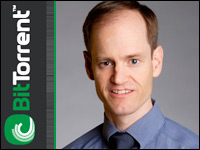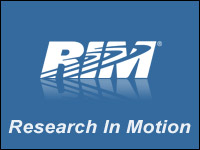
Much has been said recently about virtual servers and networks and their ability to both save IT groups hardware costs and let users access software applications and Web-based tools regardless of location. However, data storage has remained a sticking point in the full realization of cloud-based computing, because those virtual servers and mobile networks typically depend on data residing on traditional storage devices in physical data centers. Anyone who has waited for a department group’s knowledge management site changes to replicate across an organization’s intranet knows the frustration of that limitation.
This week, at its EMC World conference, EMC announced its Vplex storage appliance, designed to take enterprises one step closer to being able to virtualize their data storage along with software apps and network access. The first two products in the line, Vplex Local and Vplex Metro, are generally available immediately, Rick Lacrois, EMC spokesperson, told TechNewsWorld.
Two additional products, Vplex Geo and Vplex Global, will be available in 2011 and 2012, respectively, he said.
From Zero to Sixty in Less Than a Second
In their current iterations, the Vplex appliances virtualize storage through what EMC calls “distributed caching.” This allows a Vplex cluster of engines, which sit in line before the individual data centers’ storage devices, to create a global cache directory and replicate data across caches at the block level — a level more granular than those used by current data replication methods. The current distance limit on the Vplex appliance is 100 meters, or about 60 miles.
Vplex has been tested at the outer limits of this distance, explained Lacroix, using fiber optic transmission. That cutoff is due primarily to application limitations, not to the arrays’ physical ability to replicate data, said Brian Gallagher, president of EMC’s Symmetrix and virtualization product group.
Data takes about 5 milliseconds to travel the distance, he added.
Data can be actively updated bi-directionally, noted data storage consulting firm Silverton Consulting, in a report on the product launch. This means that two or more concurrent users of a particular application can update the same data, even though their data may be cached in different physical locations.
Where the exact same data must be updated simultaneously — say, for example, in travel reservations — there may be delays typical of old-style data storage systems, noted Silverton. However, those delays will be greatly reduced for many types of applications.
Energy, Cost Savings Touted
The new technology will allow enterprises to move data quickly to processing centers where energy costs are lower for batch processing tasks that typically are performed daily, noted EMC.
In addition, it will allow IT groups to balance the data load across data centers, much as they can balance processing load across virtual servers now. Other benefits of virtualized storage, said EMC, include the ability to move data quickly away from particular geographic areas during disaster situations and move data more easily around the globe as the business day progresses.
Vplex Metro has been qualified for use with VMware Vmotion for migration of virtual machines between VMware VSphere clusters for Microsoft, Oracle and SAP applications, said EMC. It also supports Windows Server 2008 R2 Hyper-V and Live Migration.
Each Vplex appliance comes with one to four controller boards with two quad-core processors. Each controller has 64 GB of cache and 32 8-Gbit/sec fiber channel ports. Two Vplex Metro appliances can be clustered to support up to 16,000 virtual data volumes, the company said.
The appliance supports Oracle VM 2.2, Oracle Enterprise Linux, Red Hat Linux and Windows, as well as EMC’s PowerPath.
The newly launched appliances currently are in use in a variety of global enterprises, said EMC, including AOL and EMC’s own data centers.




















































